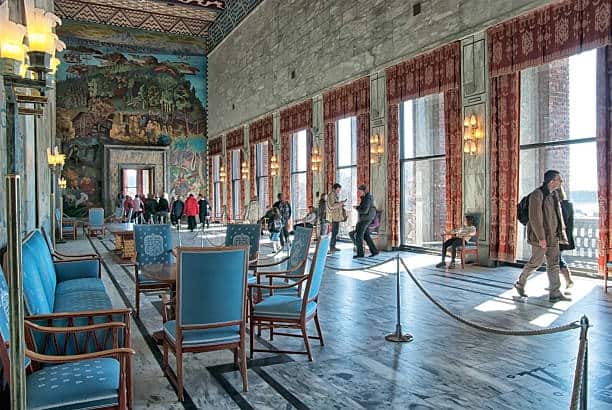The bustling, trendy city of Oslo is the capital of Norway. It’s home of the Nobel Peace Prize and museums of almost every topic you can imagine! Oslo doesn’t disappoint history junkies or art lovers. Some of the most spectacular natural landscapes in Norway surround the city, making it a perfect staging area for a day of hiking, biking, boating, skiing, or camping and you don’t need to travel far from the centre to get that “away from the city” feeling. Oslo is the perfect place to get that Scandi vibe however beware as it can be extremely pricey. Rated as one of the most expensive cities in the world, you need to go prepared. So, let us equip you with some ideas on what to do, see and eat in Oslo without breaking the bank.
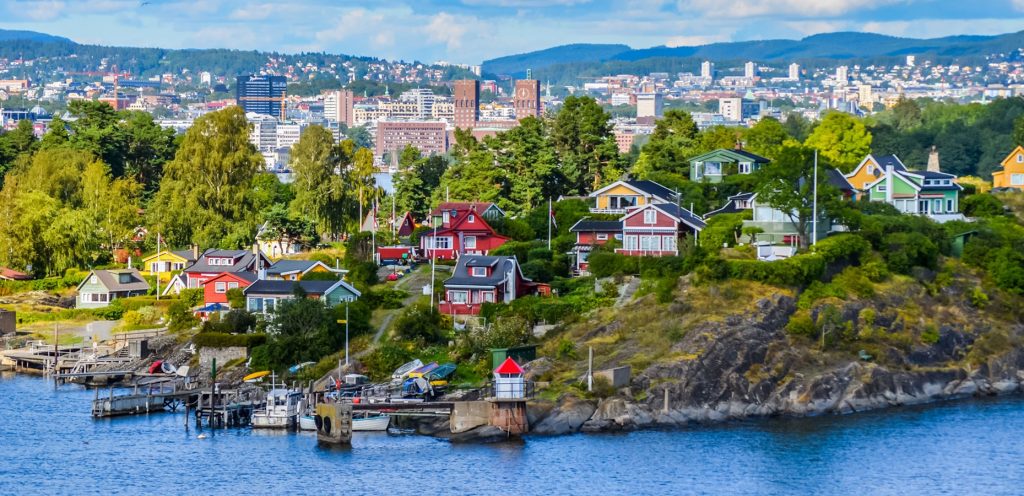
Day 1 Itinerary
On the first day of your Norwegian adventure we recommend you hit the main city centre attractions as well as the lively waterfront. You’ll find that most of the attractions in the centre are all within walking distance so you wouldn’t need to spend much time navigating from one place to the next. Oslo, in general, is a very walkable city so make sure you pack some comfortable shoes for exploring on foot.
Breakfast: If you are not on a B&B Board basis at your hotel then you can head down to Stockfleths for breakfast. This trendy cafe offers some delicious coffee as well as warm croissants, pastries and sandwiches to fuel you for the day ahead.
Oslo Opera House
The roof of the Opera house was designed to be stepped on. In most countries, you may get arrested for walking on rooftops but not on this building in Oslo as many Norwegians would say that the walkable building serves as an extension to the ‘Norwegian nature is free for everyone to walk in” mantra. Go right ahead and climb the roof of the building, for a view of the city and a unique architectural experience. It’s no surprise that during the summer, you’ll find a lot of people having picnics and sunbathing.
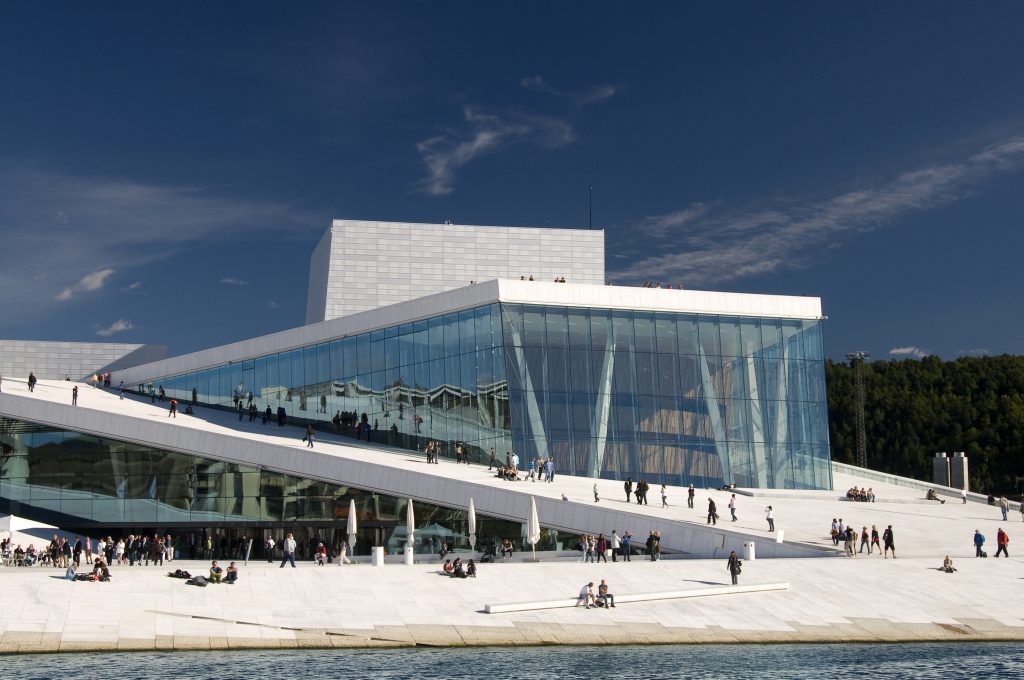
Oslo City Hall
While it’s true that the outside of the building really doesn’t dazzle, wait until you see the inside. What makes this place one of the best places to see in Oslo are the magnificent murals and the art-packed corridors of its interior.
Akershus Fortress
When Oslo was named capital of Norway in 1299, King Håkon V ordered the construction of Akershus, strategically located on the eastern side of the harbour, to protect the city from external threats. It consists of a castle, historic buildings, museums and defence installations. The fortress is a beautiful area to stroll around, especially on a sunny day, with many viewpoints to look over the city.
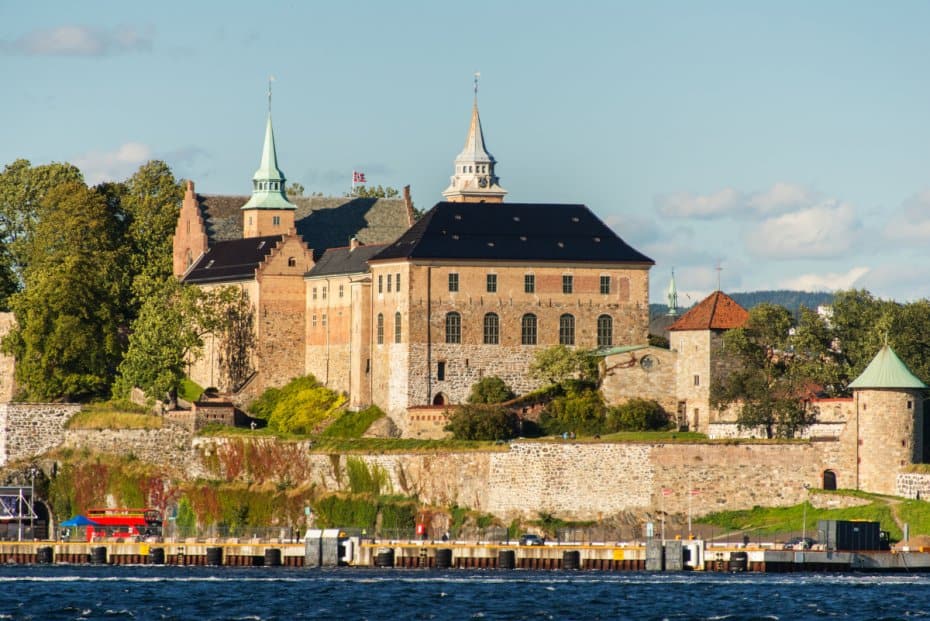
Lunch
For lunch, check out Vippa a trendy food court offering delicious street food from all over the world. There you’ll find everything from Mexican tacos to vegan acai bowls.
Oslo Cathedral
After lunch, you make your way to the Oslo Cathedral. It is the principal church for the diocese of Oslo. The church dates back to the late 17th century and has witnessed a series of reconstructions and renovations in Baroque and Neo-Gothic styles, one of which resulted in its striking bronze spire. The highlight of the building however, is definitely the elaborate stained-glass windows by Emmanuel Vigeland and the painted ceiling. It may be quite humble by European standards but is well worth a visit.
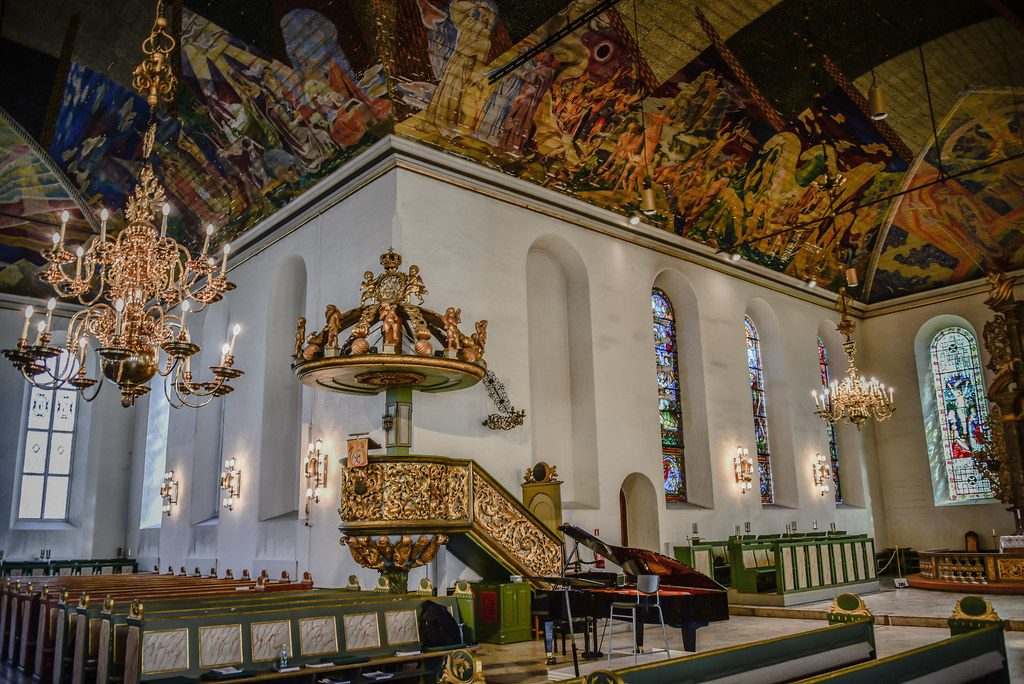
Karl Johans Gate
It’s not for nothing that Karl Joans Gate is the main street in Oslo as you will find the Royal Palace, Parliament and other important buildings all located there. It is Oslo’s most well-known and busiest street and runs 1 kilometre from Central Station to Royal Palace. The street is also lined with department stores, specialist shops and places to eat. It has been a popular meeting place since the 19th century. The street is also the focal point for royal occasions and state visits and is especially full of life on 17th May, Norway’s National Day.
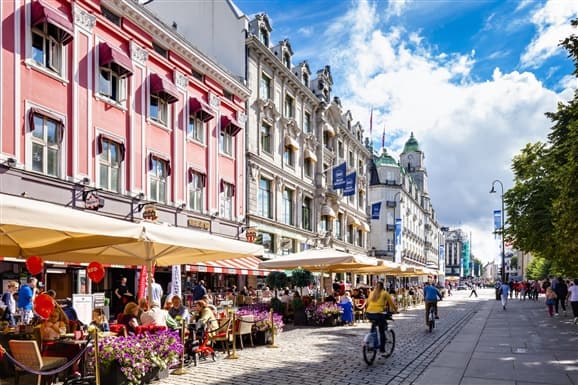
Aker Brygge
Aker Brygge is a delightful setting in which to enjoy a chilled beer at the quayside or just to take a stroll along the promenade and soak up the atmosphere. This vibrant borough is definitely a must-visit while in Oslo. It has the highest concentration of restaurants and offers an excellent panoramic view of the waterfront.
This would also be the ideal place for dinner as you would be spoilt for choice!
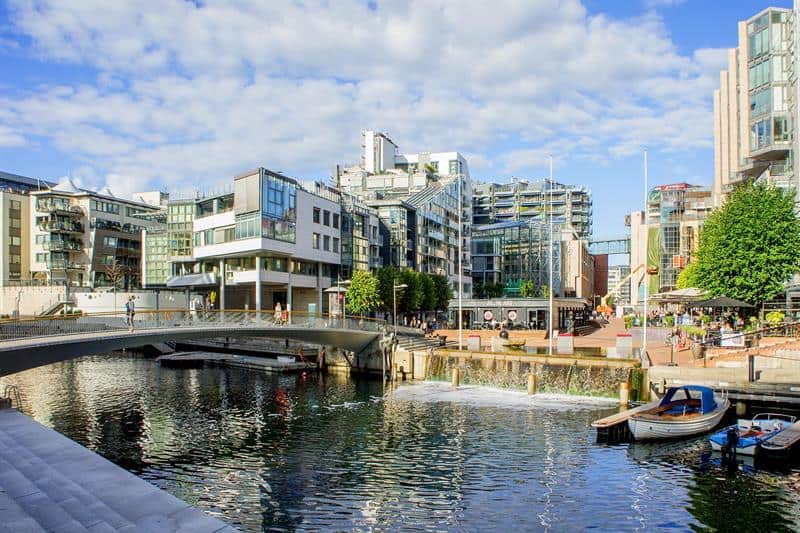
Day 2 Itinerary
Breakfast: Start your day with a warm brew and pastries at Fuglen Espresso Bar. The place is super chic, with vintage decor and minimalistic atmosphere it’s one of the best cafes in Oslo.
Holmenkollen Ski Jump Arena & Ski Museum
The famous Holmenkollen Ski Jump Arena is one of Norway’s biggest tourist attractions. There have been competitions held there since 1892 and the place is recognized as one of the best ski jump facilities in the world. You can ascend the jump tower and marvel at the fortitude of ski jumpers when you gaze down the steep slope. It’s a bit terrifying if you have acrophobia. If you’re there in the summer, a zipline permits fearless visitors to travel from the top to the bottom of the jump tower for a fee. The outdoor viewing platform here offers breathtaking views over Oslo and the inner Oslofjord. Later, you can also check out the ski simulator, which creates a realistic scenario of what skiers undergo during their runs.
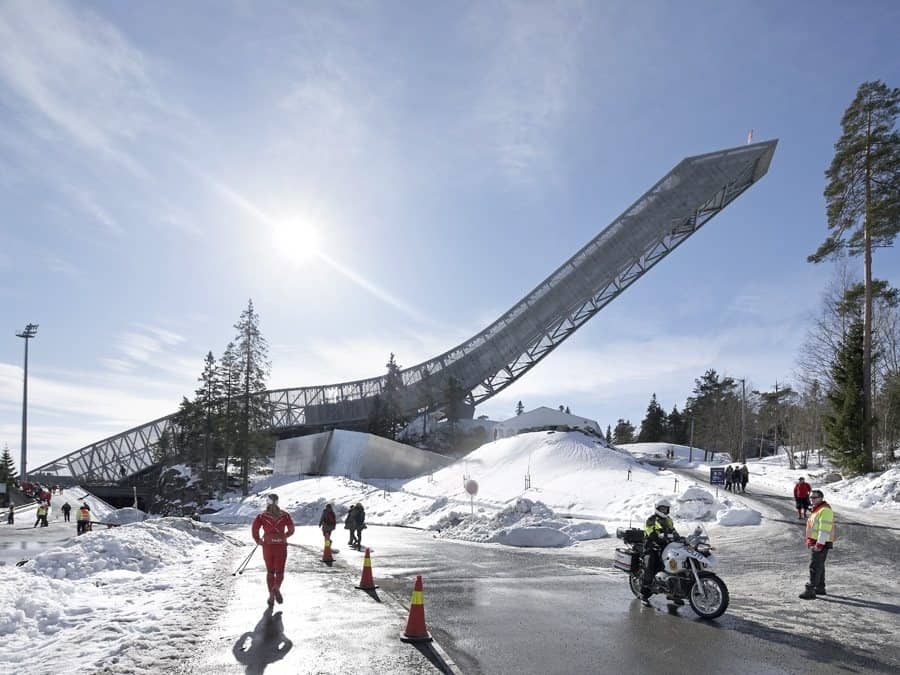
Norwegian Museum of Cultural History
More than 150 buildings from all over Norway representing different architectural styles have been assembled in this massive open-air museum to provide a comprehensive glimpse in the social history of Norway. It is great fun watching traditionally dressed artisans demonstrate age-old crafts such as pottery, weaving, and the making of candles, which you can purchase in their workshops.
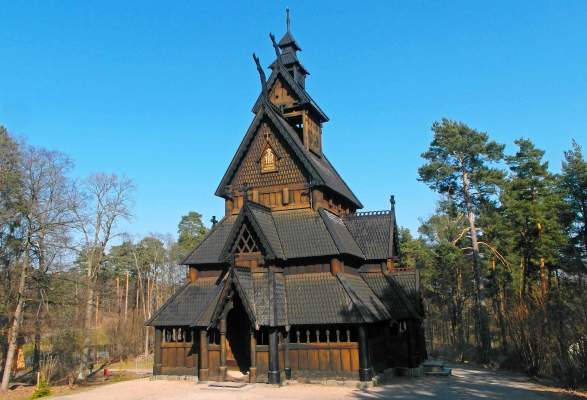
Lunch
Lunch options on Bygdøy are scarce so your best bet would have to be either Cafe Arkadia or Cafe Hjemme hos Svigers,
Viking Ship Museum
The Viking Ship Museum features three of the world’s best-preserved Viking ships from the 9th century that are among Norway’s most beloved cultural treasures. The ships are named after the locations where they were found. They were discovered in the Oslofjord between 1867 and 1904 and have been painstakingly restored since then.
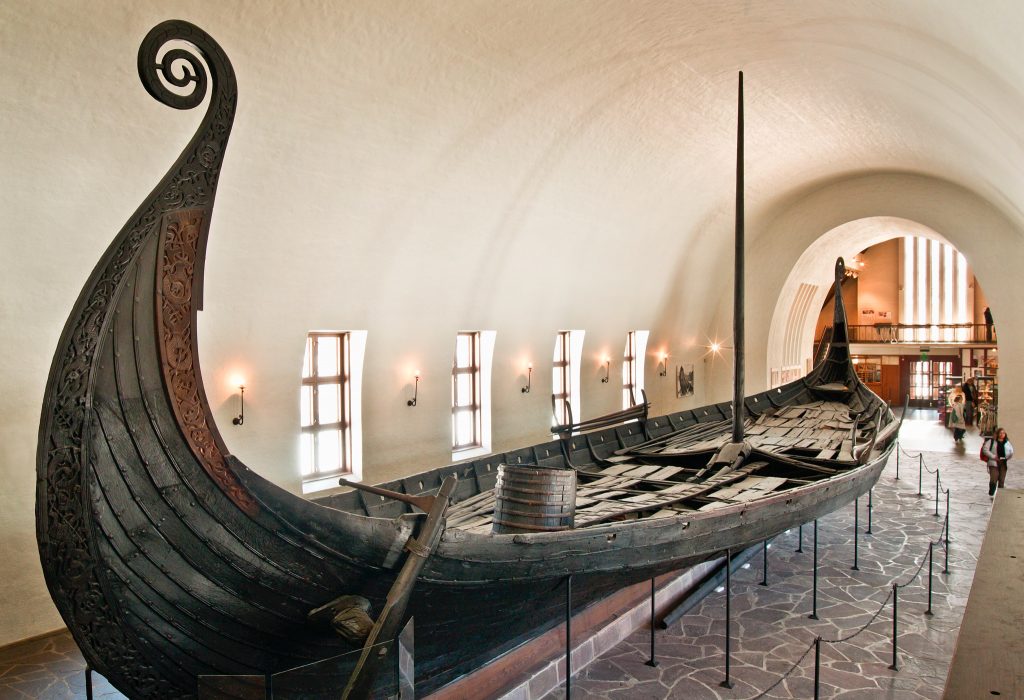
Kon-Tiki Museum
The museum serves as a tribute to the legendary Norwegian explorer Thor Heyerdahl. In 1947, Heyerdahl and his five-man crew sailed across the Pacific from Peru to Polynesia in the fragile balsa wood raft, Kon-Tiki. The voyage proved that it would have been possible for South Americans to have reached Polynesia in ancient times. This raft is the centerpiece of the museum and you get a first-hand account of how Heyerdahl and his men endured the voyage and dealt with problems through various texts, photos, and montages.
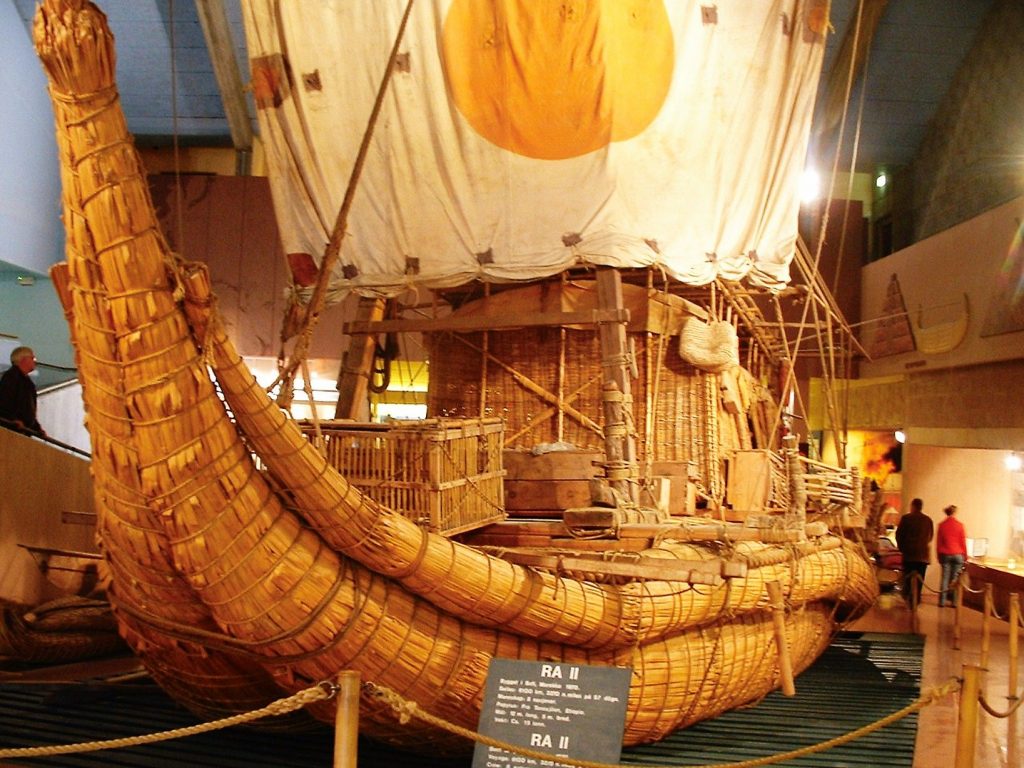
Vigeland Sculpture Park
Last but not least we come to the renowned Vigeland Sculpture Park, which also happens to be a part of Oslo’s largest park, the Frogner Park. It is named after the prominent Norwegian sculptor Gustav Vigeland, and you can see more than 200 sculptures all depicting humanity in all its forms along the central axis of the park. The park is the world’s largest sculpture park made by a single artist and was mainly completed between 1939 and 1949.
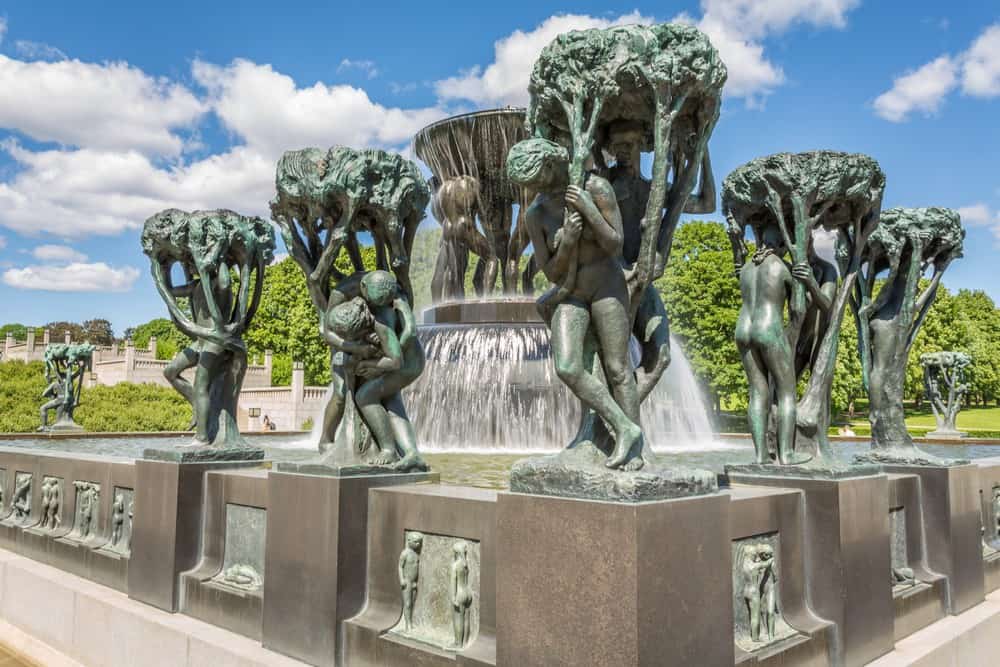
Dinner
Finish off your weekend adventure with a delicious traditional Norwegian meal at a lovely restaurant called Lorry. There you can try reindeer or the Norwegian national dish fårikål (pieces of mutton or lamb served with cabbage, whole black pepper, and potatoes). If that doesn’t strike your fancy then you can head to Mamma Pizza for a delicious Italian feast.
Author: Anna Popova

